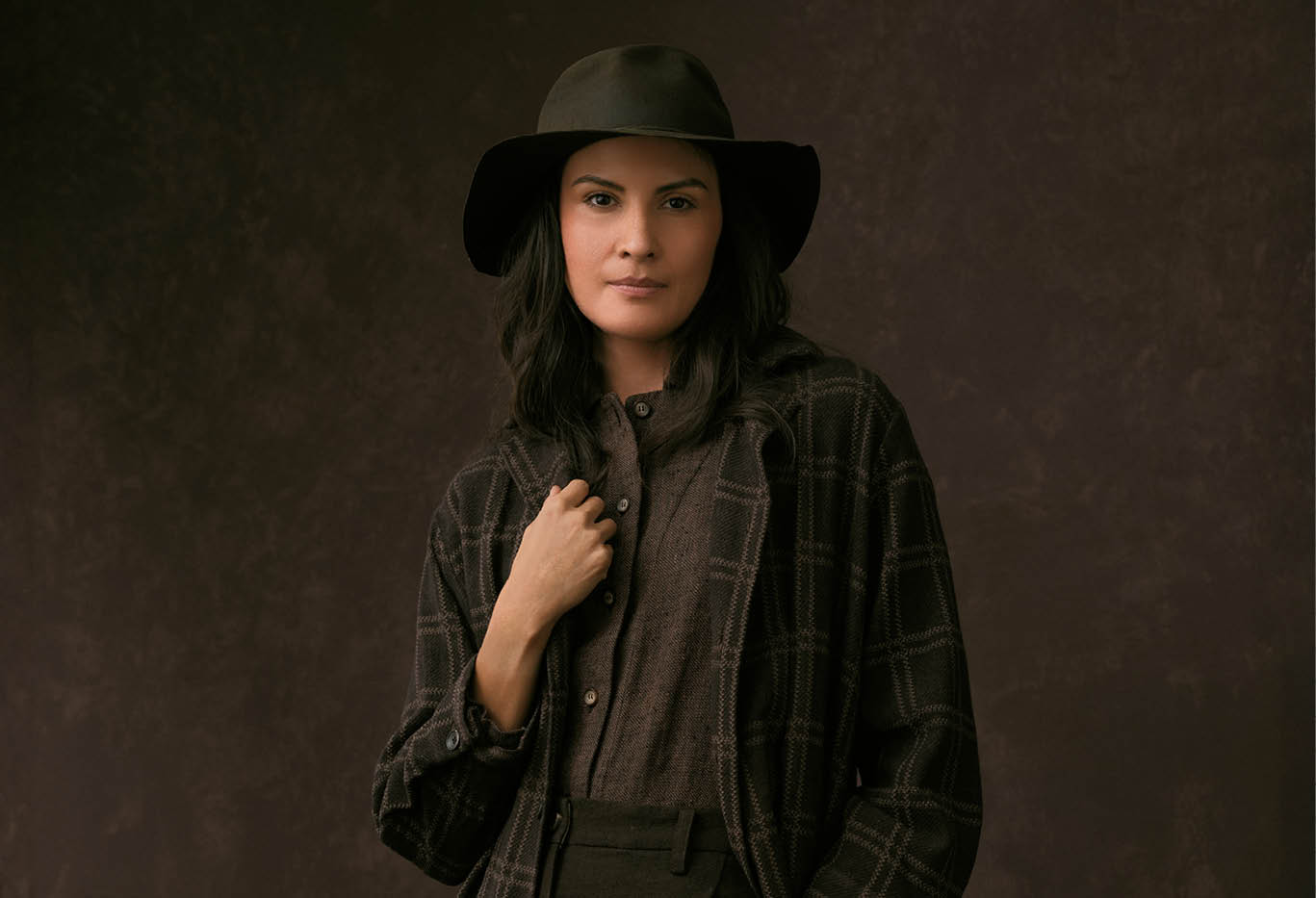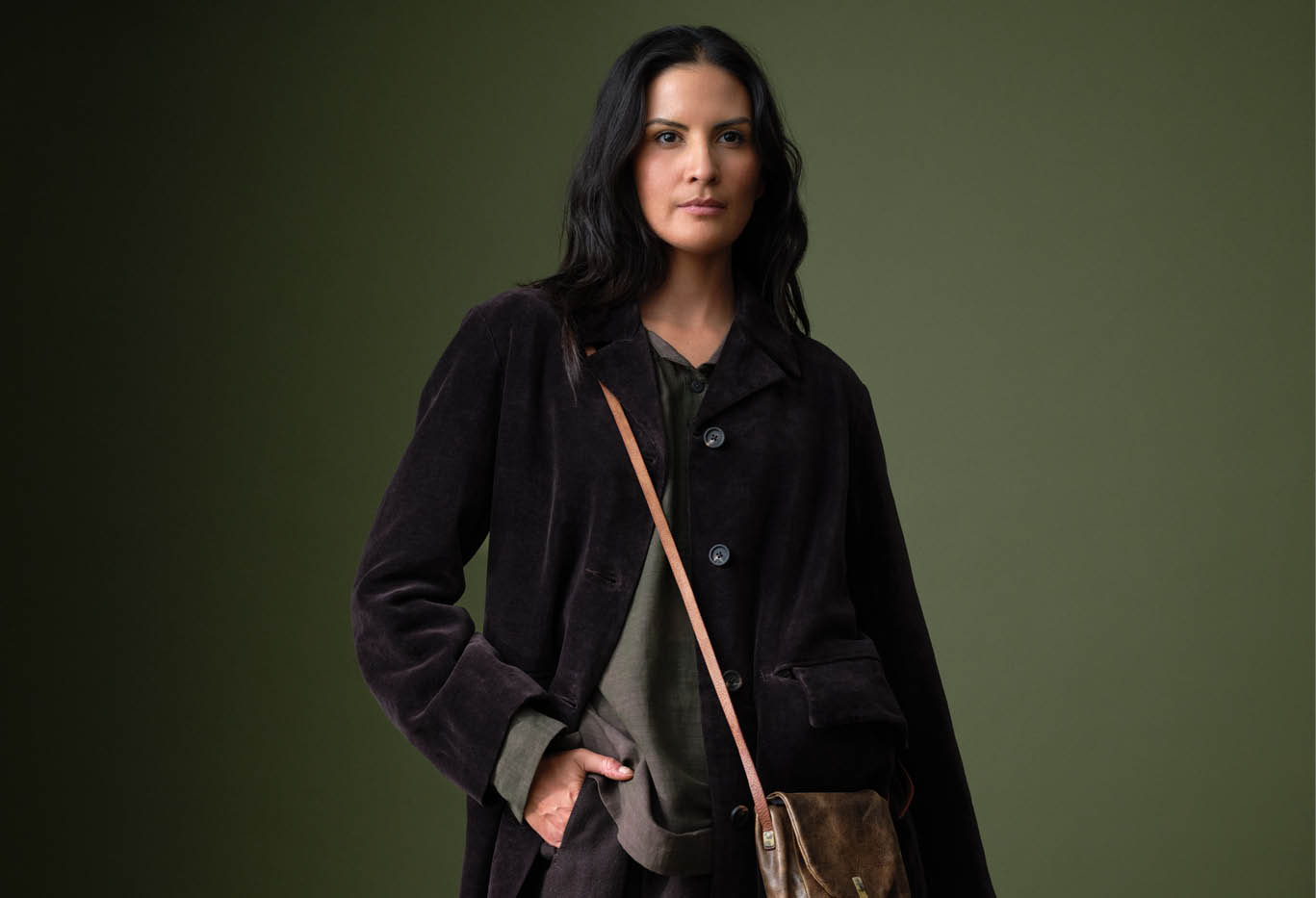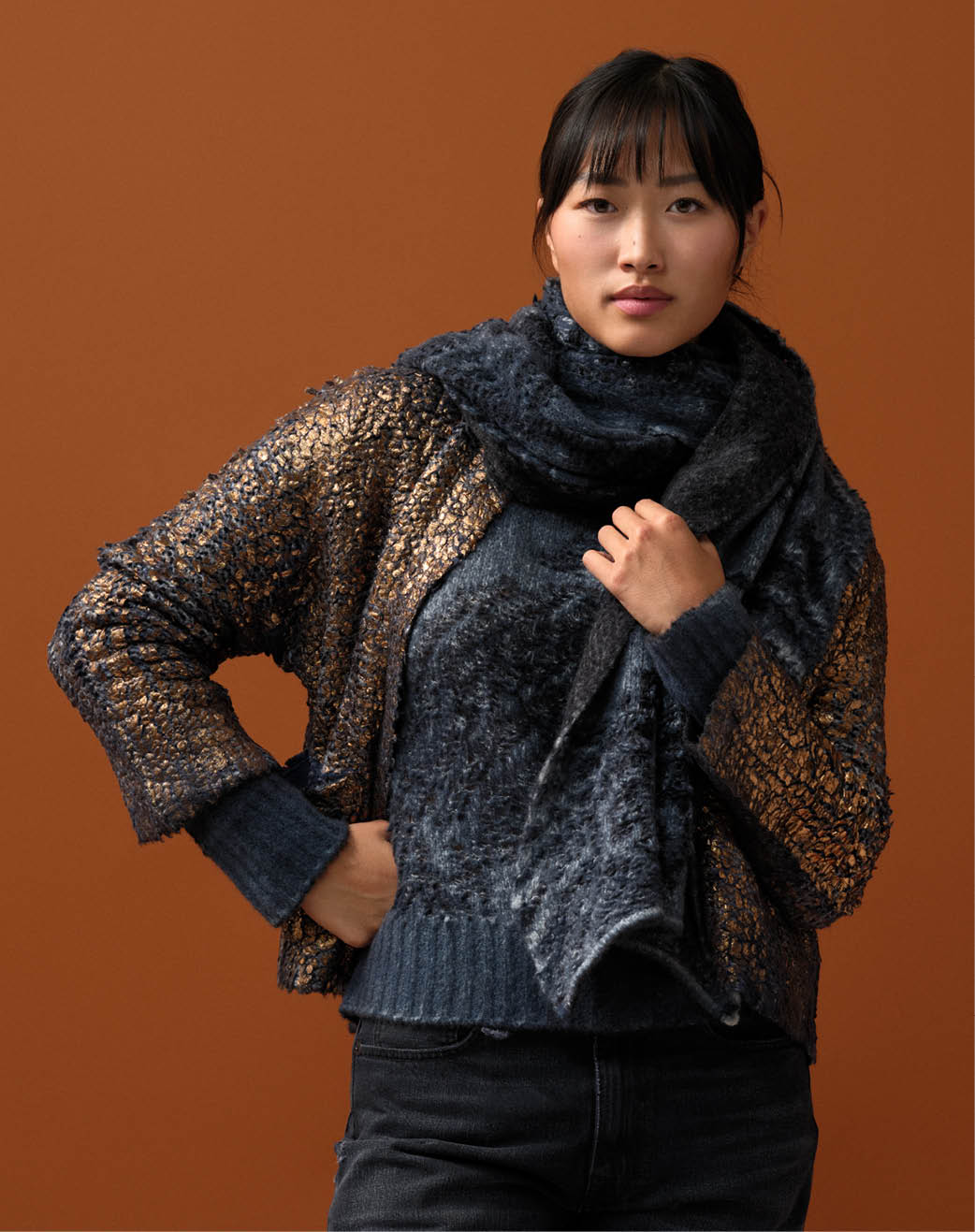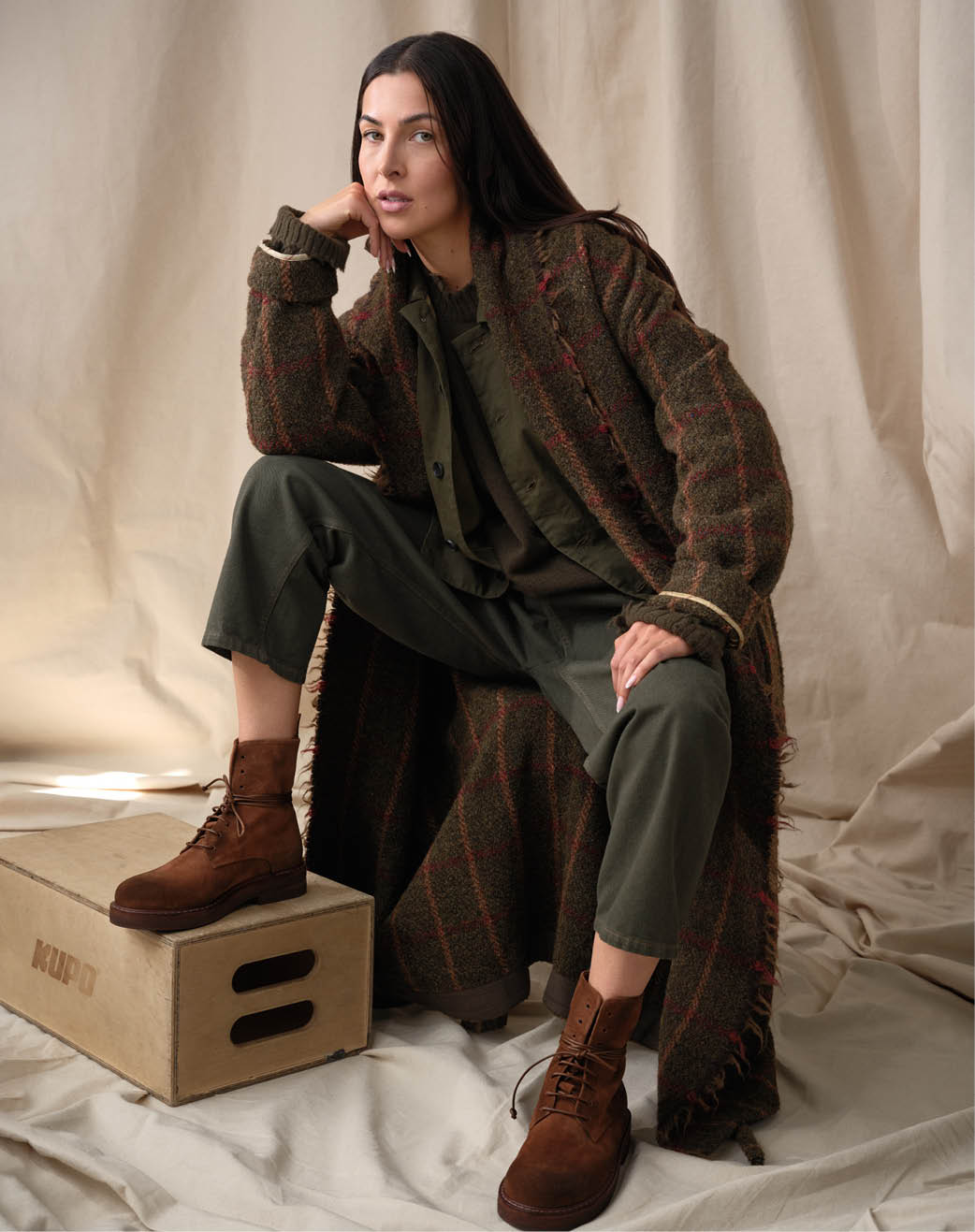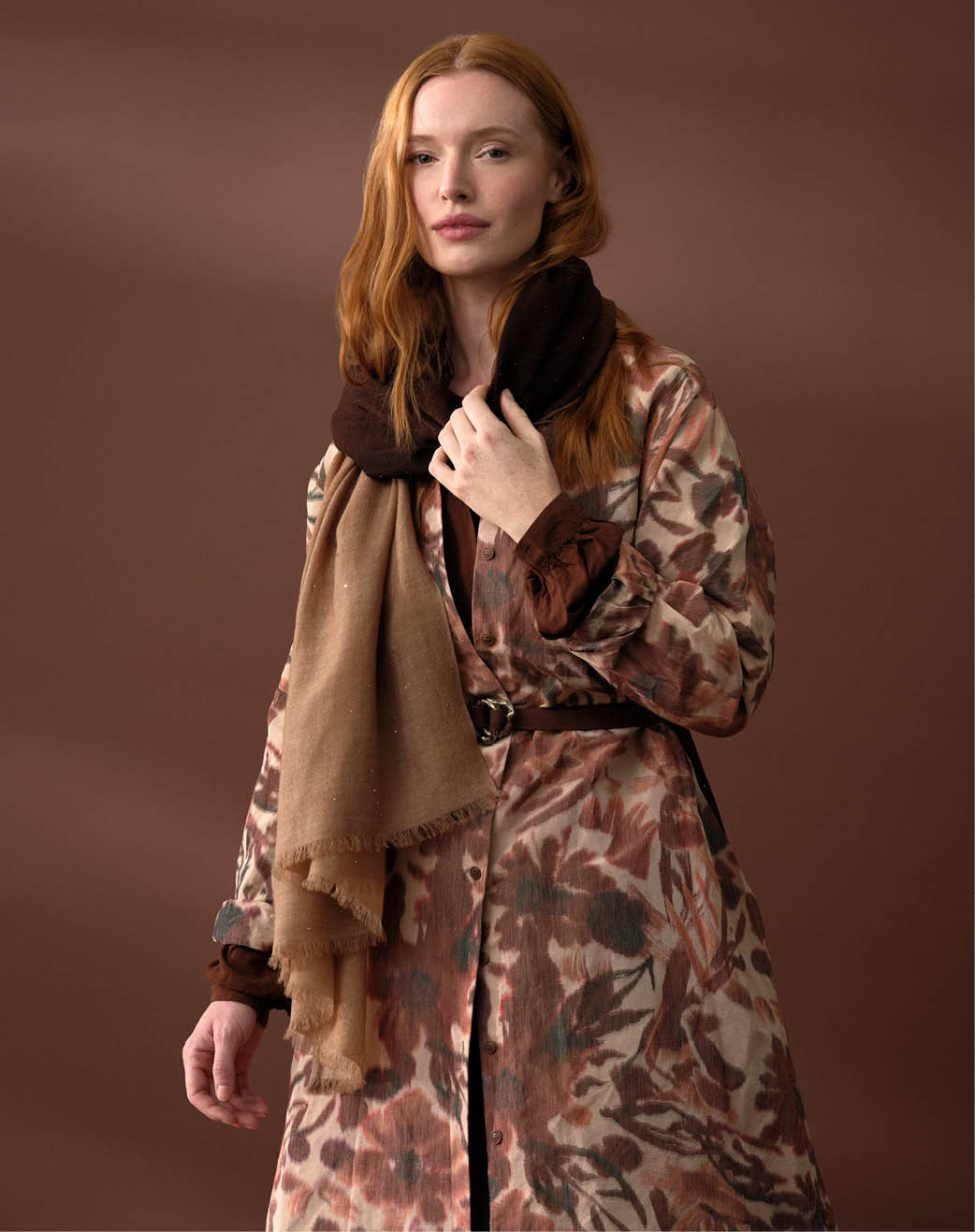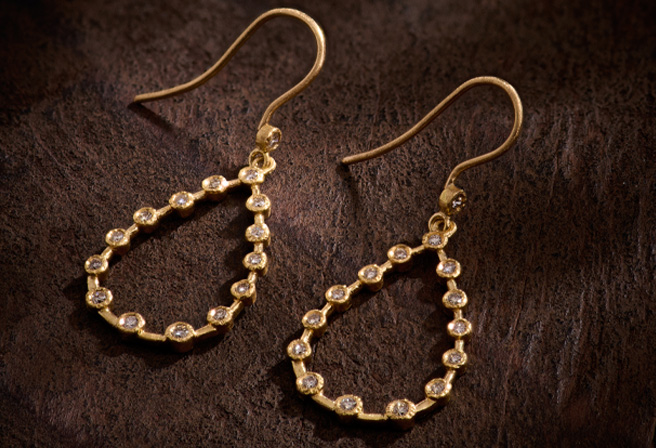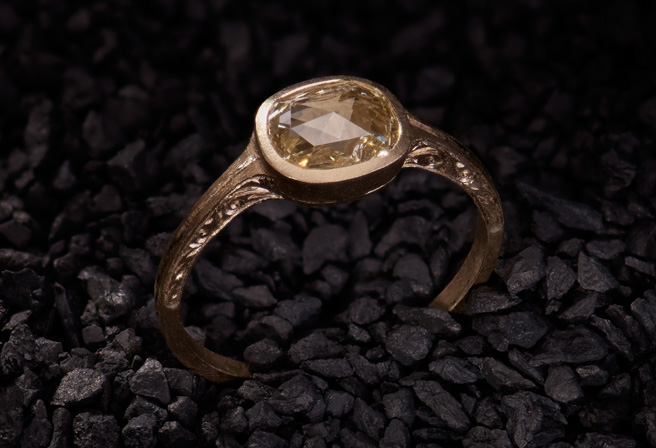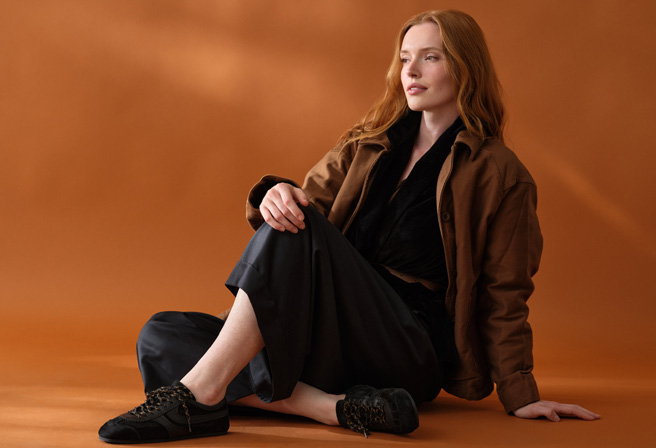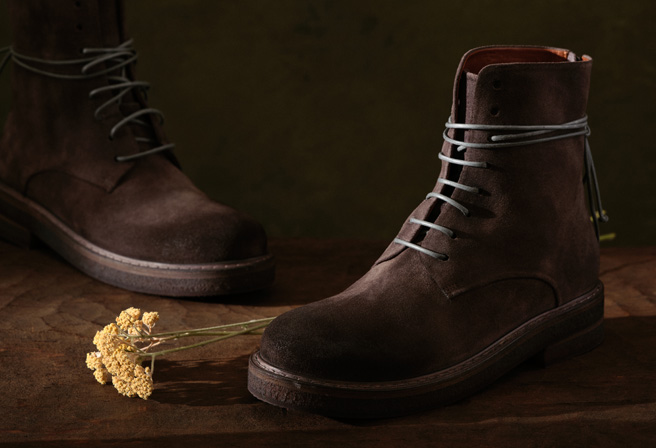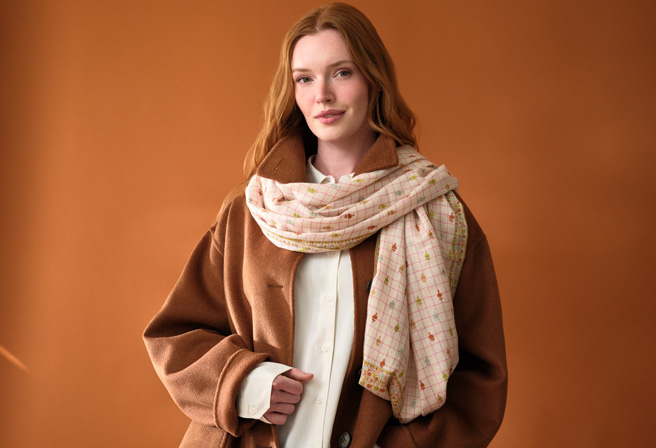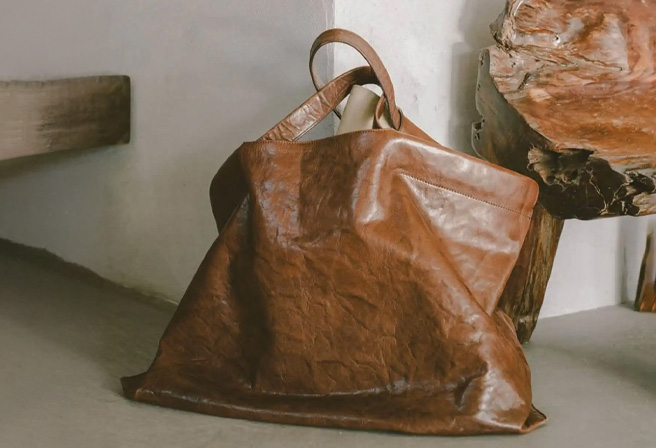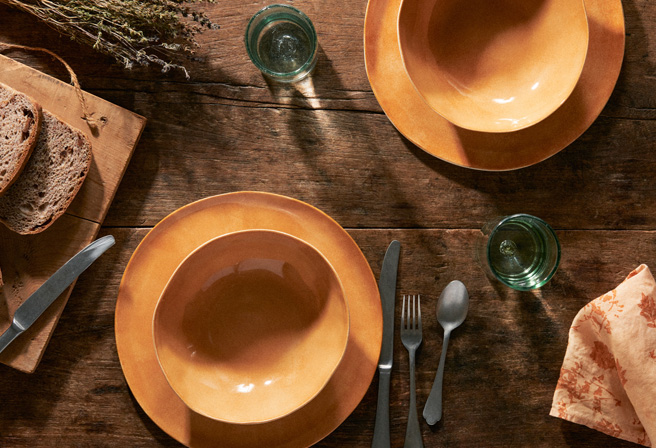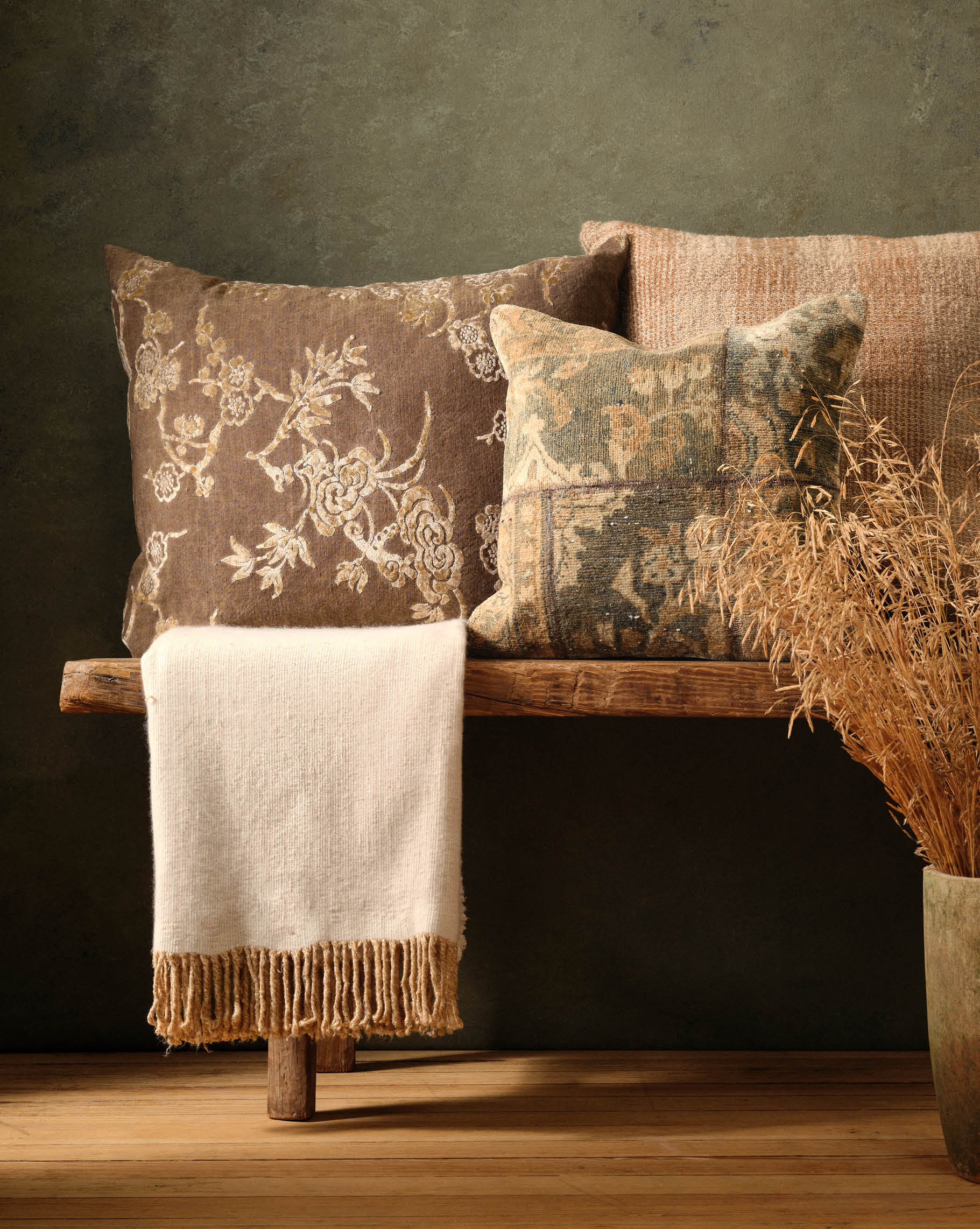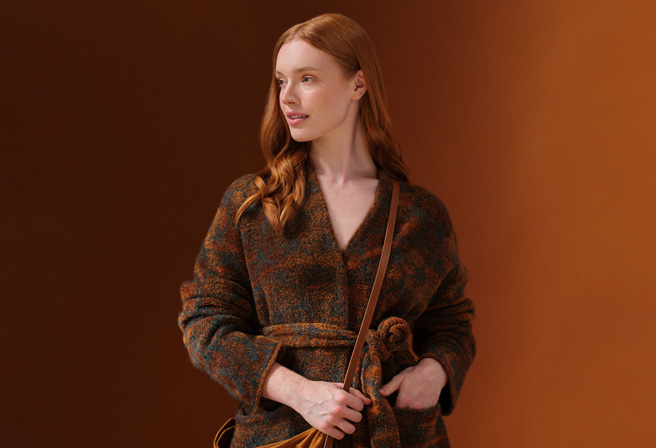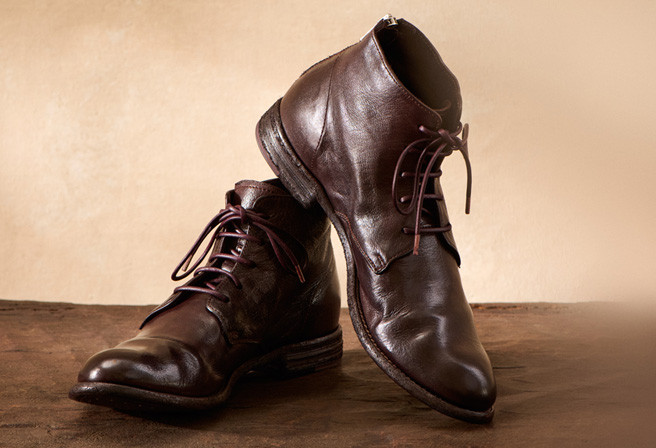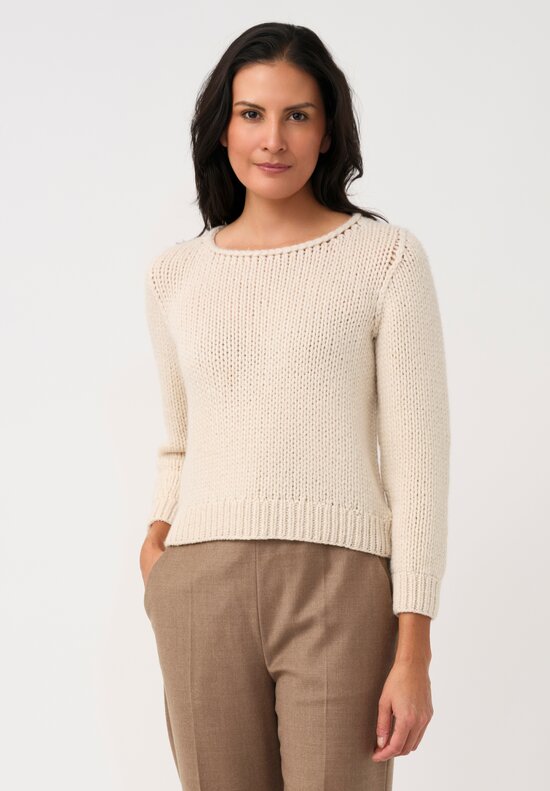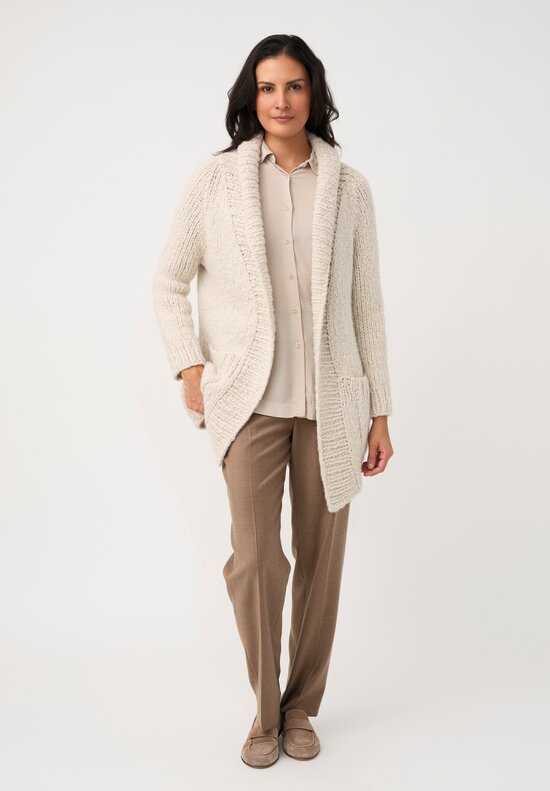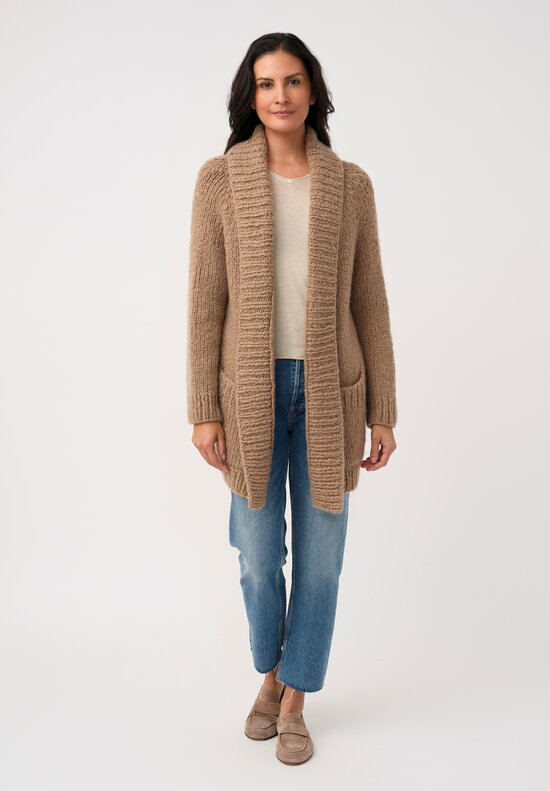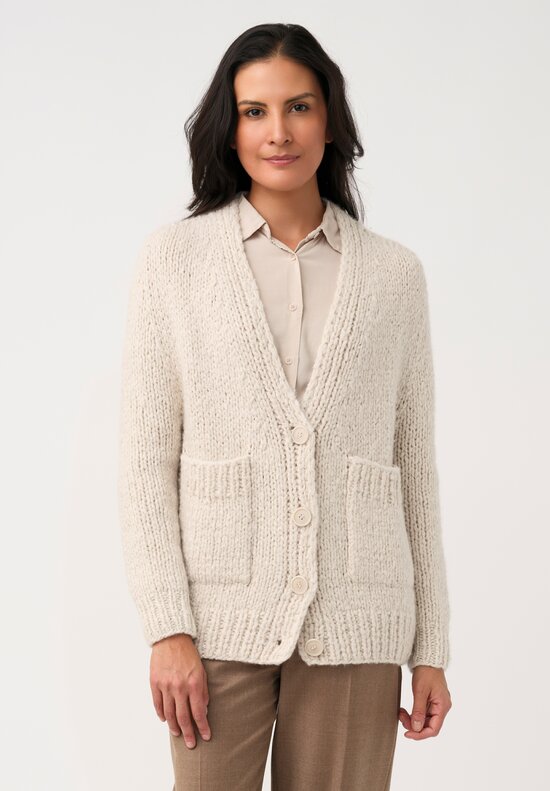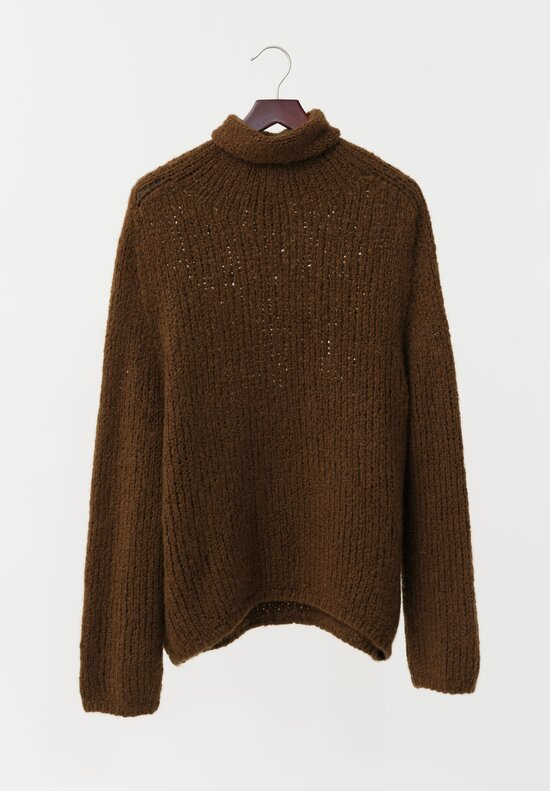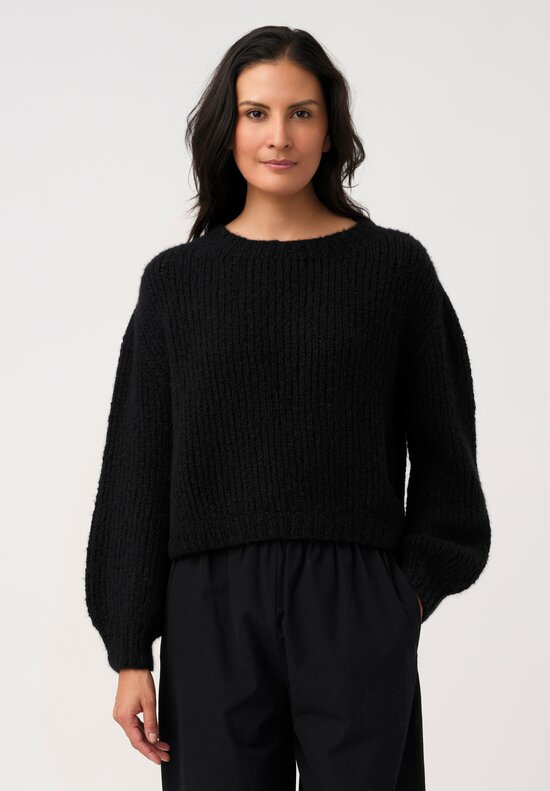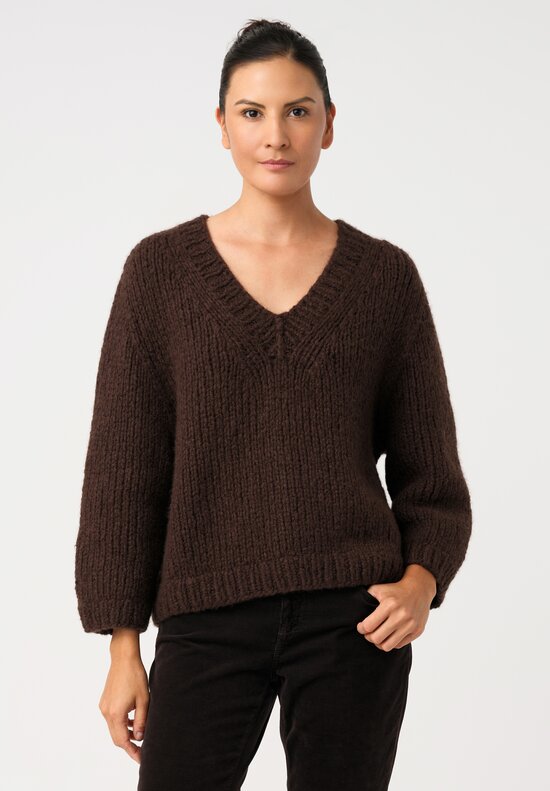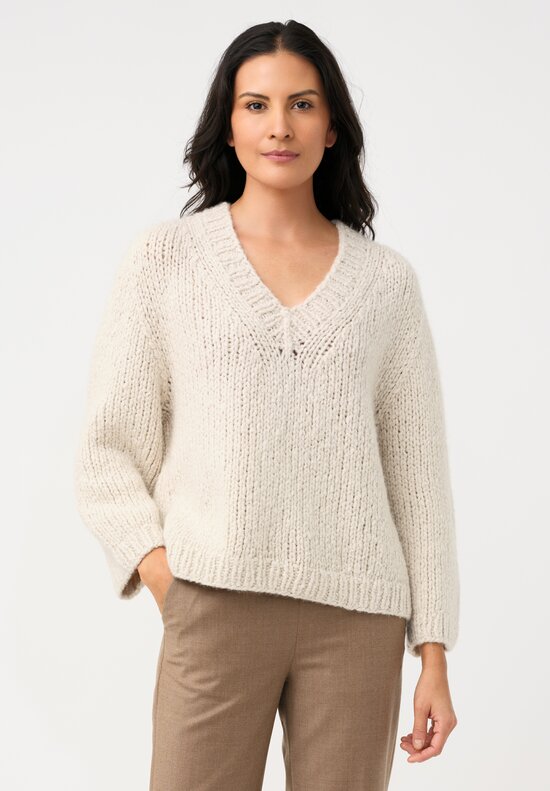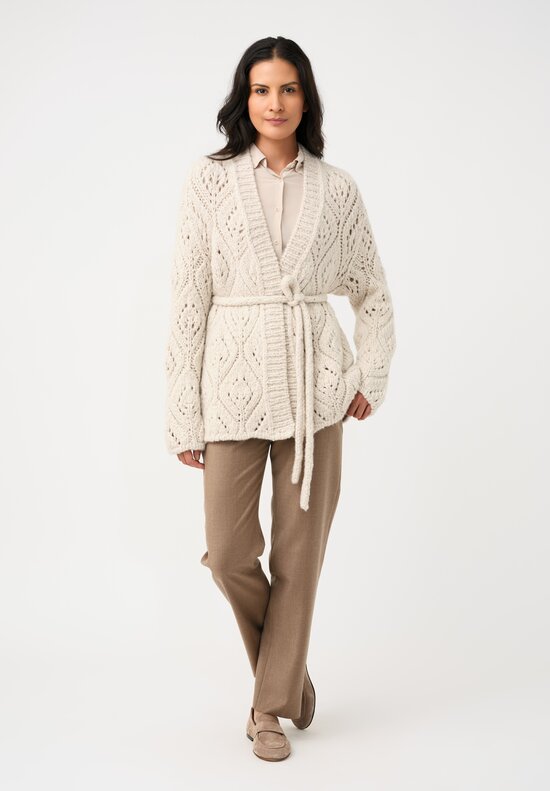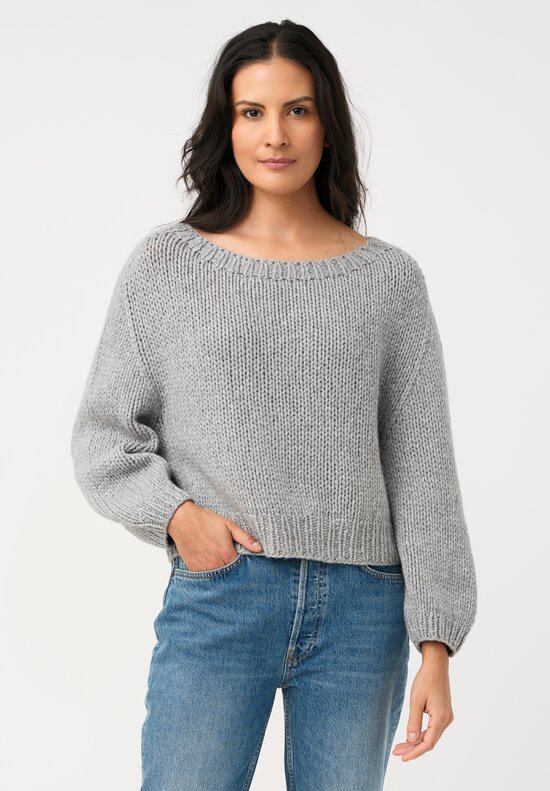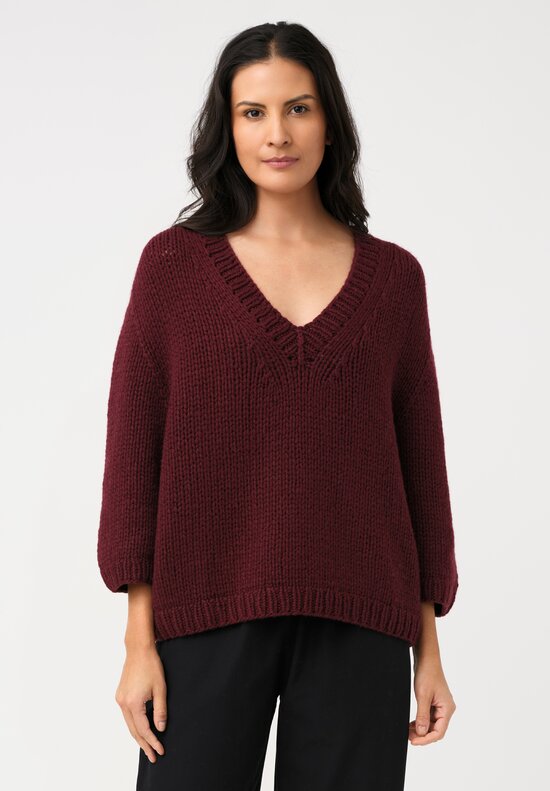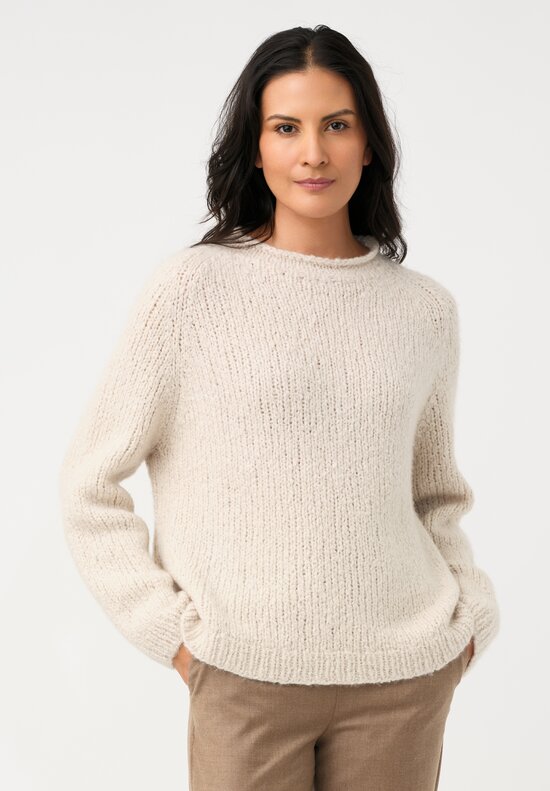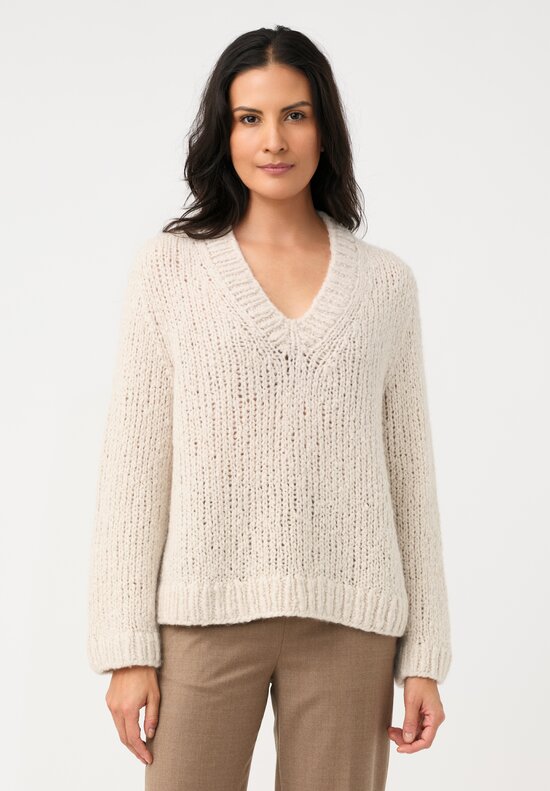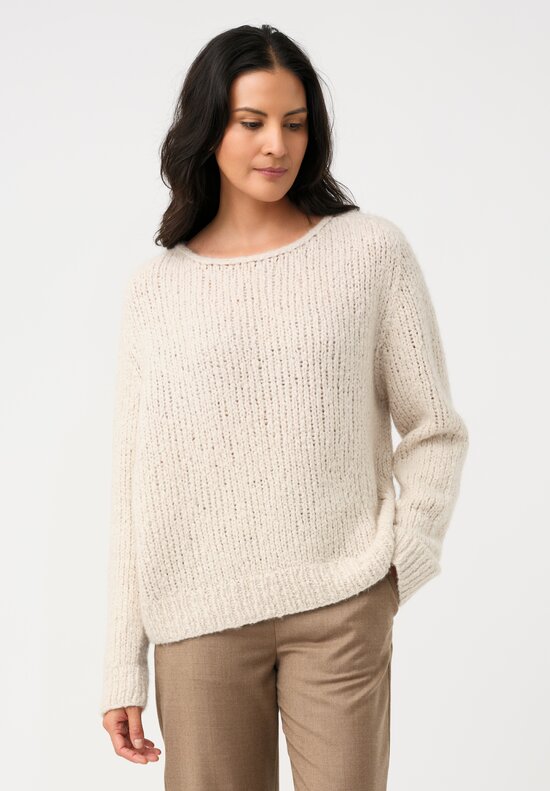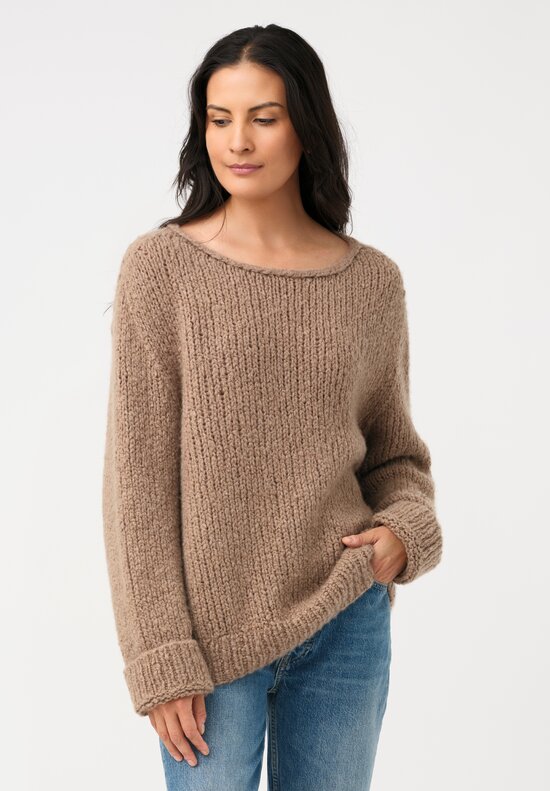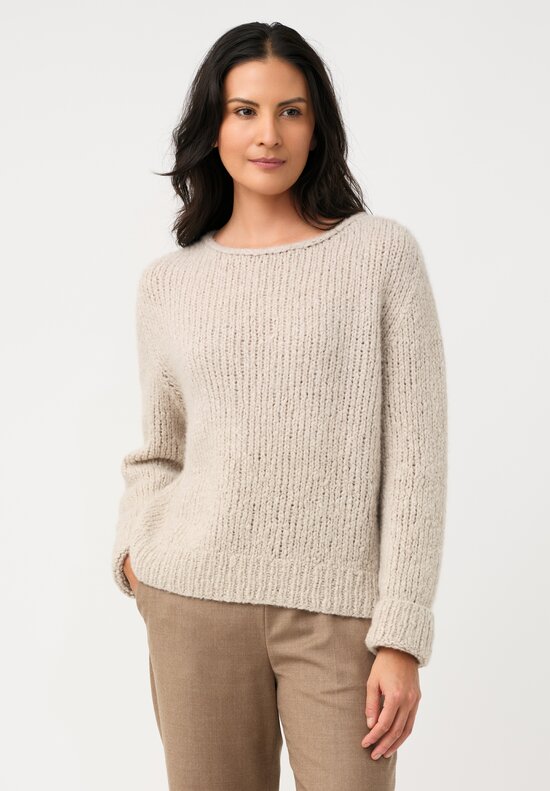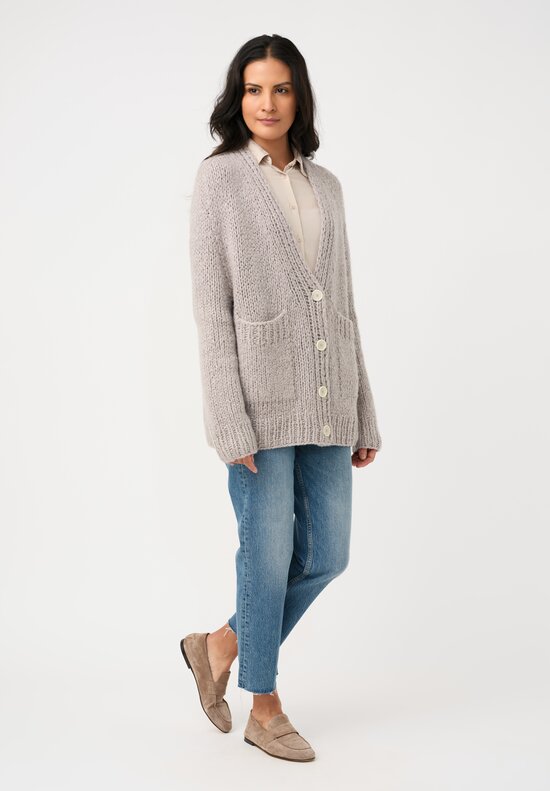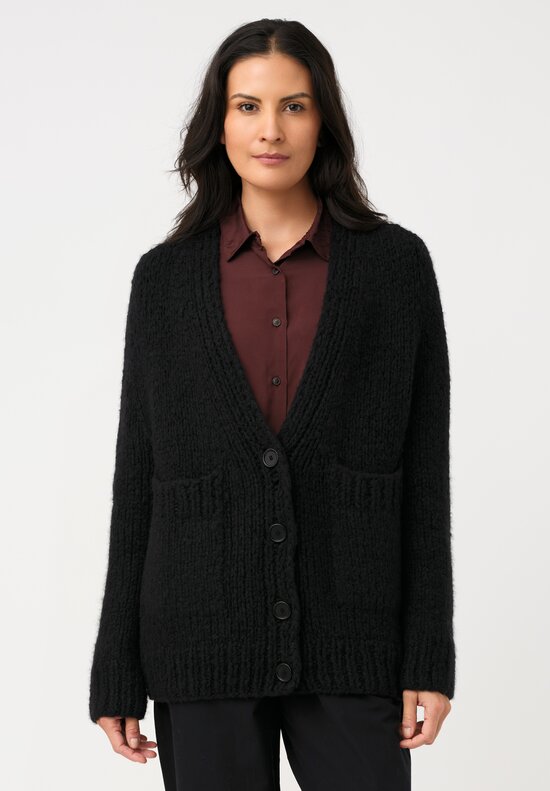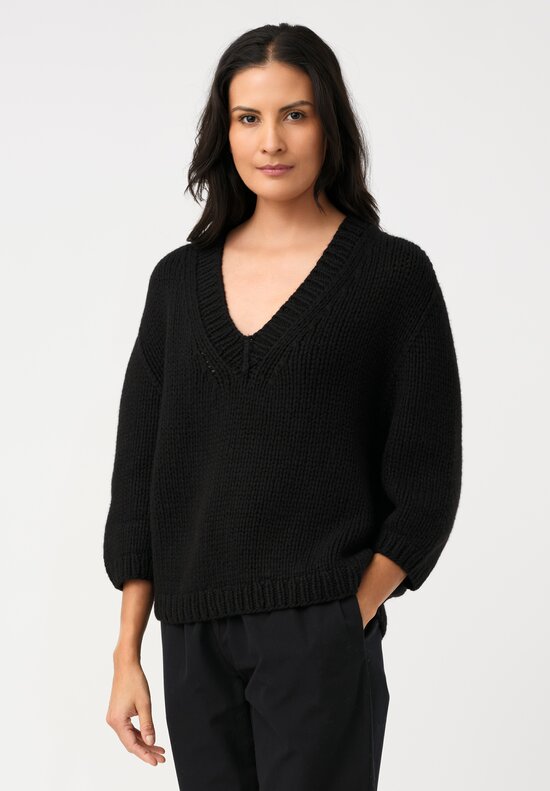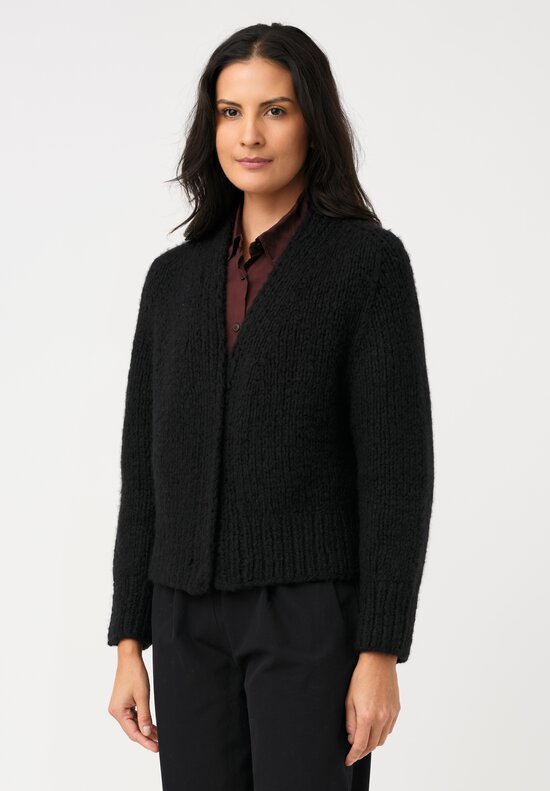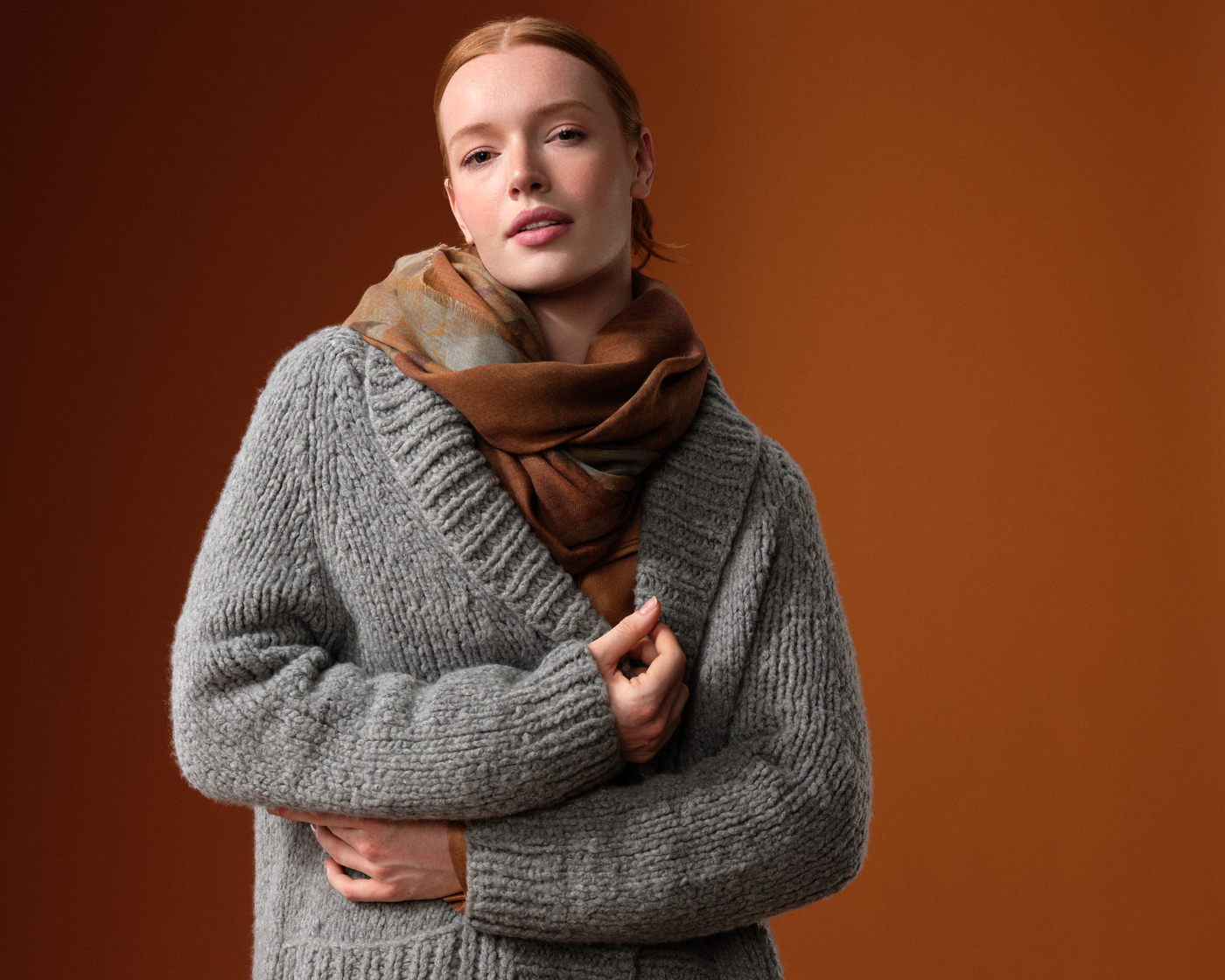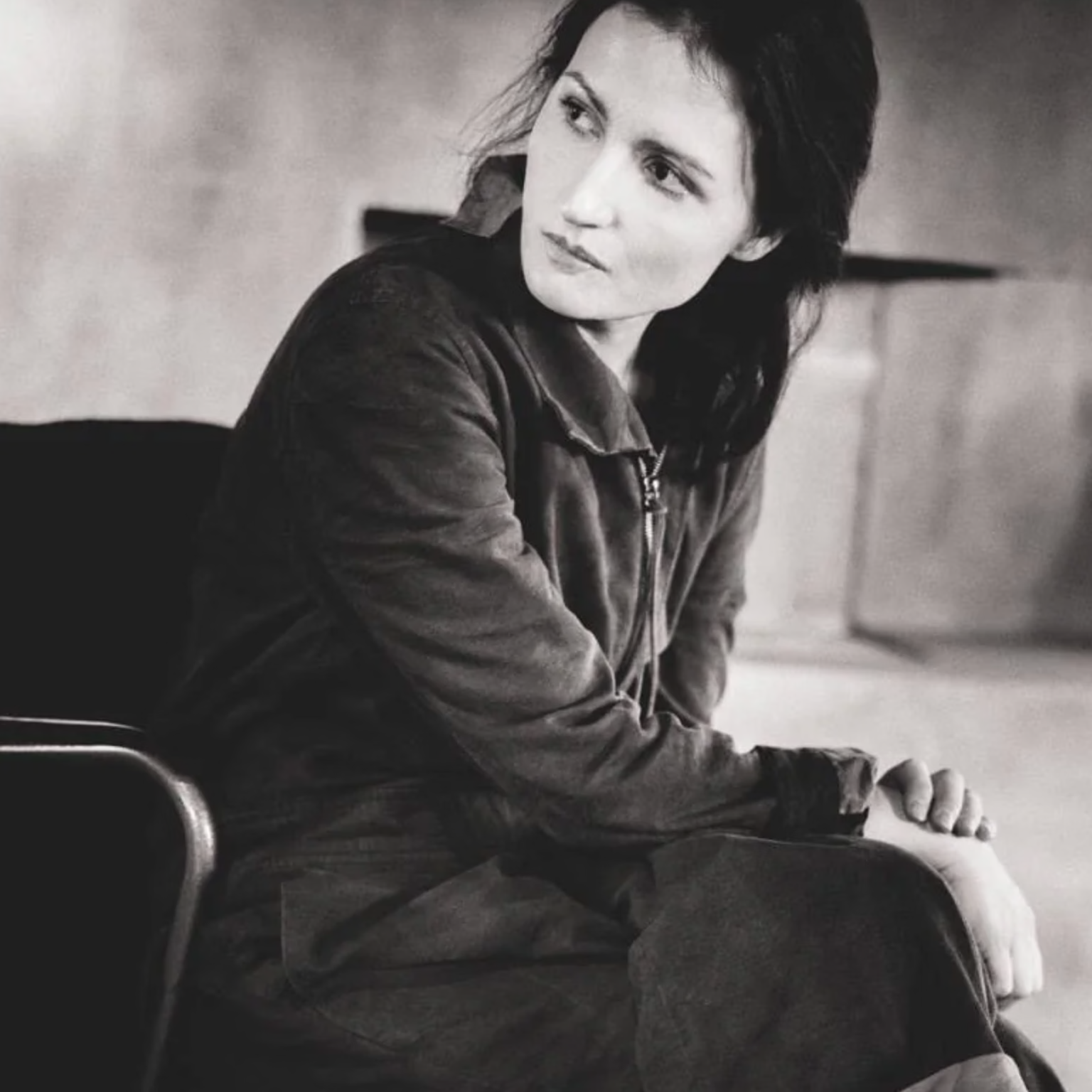“The more you get into a craft the more beauty you find in it.” —Anne Schramm
Can you tell us about your fashion background working in Paris, London and New York?
Paris taught me to discern quality and beauty and how to make something special out of very little. I understood how much knowledge, technique, experience and inspiration are needed to work with fabrics, colors and shapes to create beautiful and mesmerizing dresses.
London introduced me to the many different people and characters of the fashion industry. New York taught me a lot about the business. Without these opportunities I would not be where I am today. I feel lucky to have been at the right place at the right time. Some things you cannot learn in school.
Where did you develop your love of knitting?
The more you get into a craft the more beauty you find in it. With hand knitting you can always find new methods and improve — and there is a long tradition. You are involved throughout the process and can control literally every loop. We can find old patterns and techniques of knitting in nearly all cultures and adapt them to our styles. It’s fruitful and rewarding.
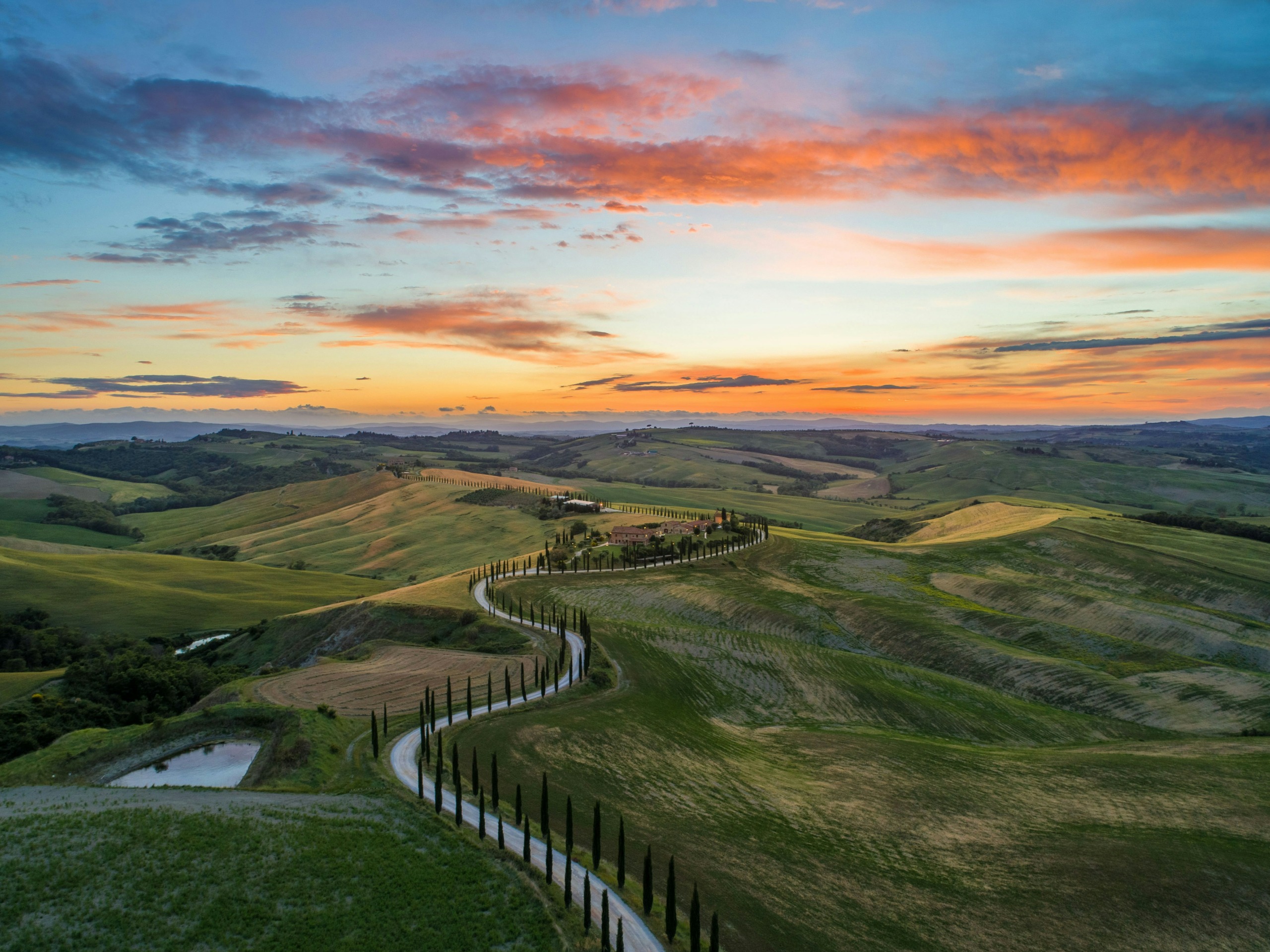
How did your grandmother Maria Wommelsdorff influence your design ethos?
What I remember most about my grandmother is that she was a warm hearted person who believed that in life one’s needs are both functional and spiritual. She used to dress us kids so that the right sides of the garments were on the inside and the seams were outside. This feeling of comfort became our inspiration.
How does being in Berlin affect your creative process?
When I moved to Berlin, there was a certain kind of friction that served as a creative spark. Berlin is an eclectic city that gave me the space and the freedom to create.

Where do you source your cashmere and silk yarns?
At Wommelsdorff, we only work with the best cashmere one can get; producers who make great efforts to respect animal welfare issues – less yarn but also low stress for the animals.
It is dyed to our specifications by our yarn supplier, with whom we have a long-established relationship.
Can you describe the process of dyeing your yarns?
We send bits of color inspiration to our supplier who dyes our yarn while prioritizing a low environmental impact. We work intensively with them to develop our colors.
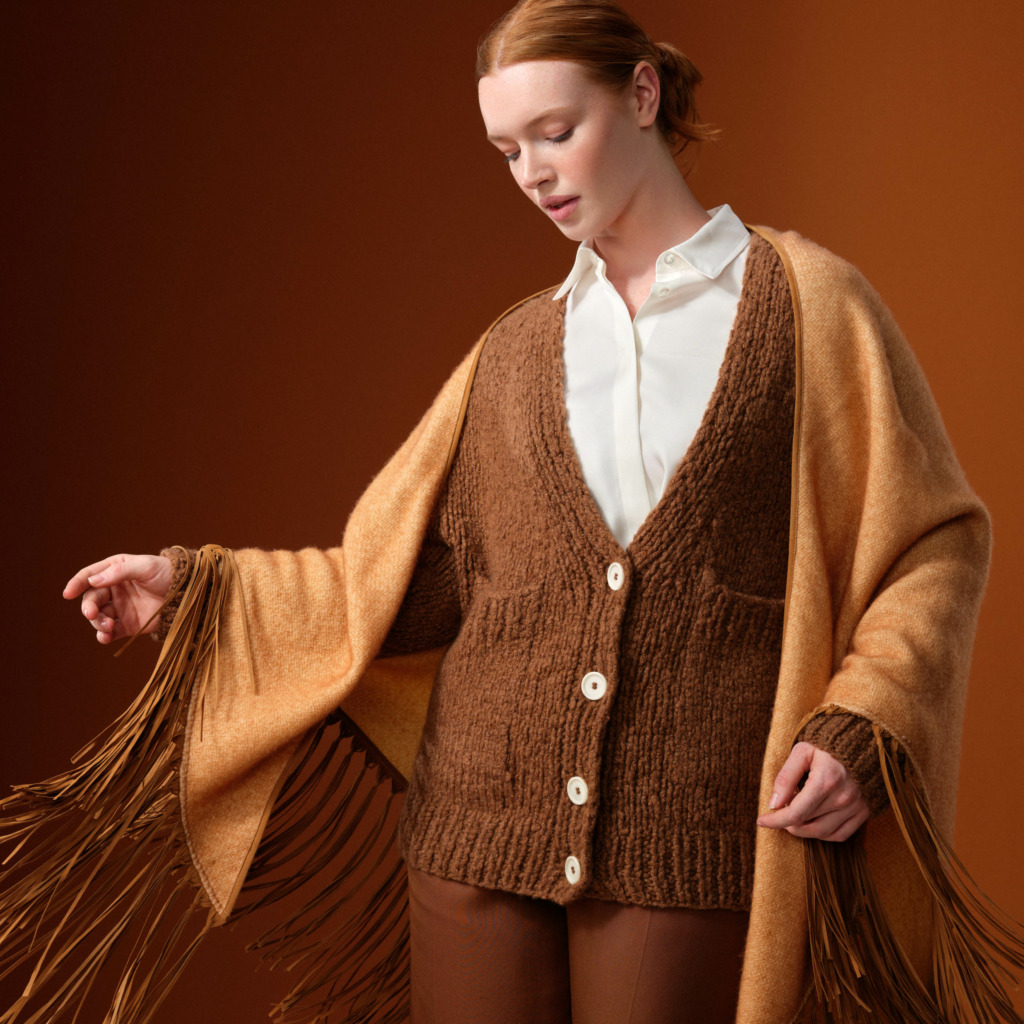
How do you achieve the softness and weight of your sweaters?
Only experience. When we develop a style, we imagine how it should look and feel. It is a very individual process for every style. Each piece undergoes a sort of metamorphosis from the first knitted prototype piece to the changing of the knitting pattern, the washing process to the final product.
How do you create your seamless patterns?
That was my goal and inspiration. When we at Wommelsdorff started to create bigger pieces, I wanted the wearer to feel the lightness of the garments; where there is nothing that can irritate.
What draws you to your aesthetic?
We do what we love. We do what inspires us. What makes the people look good and feel comfortable.
Can you tell us about the ‘one of a kind’ nature of your garments?
Each piece is unique, literally ‘one of a kind’. It’s handmade knitted by a specific knitter, especially trained to work on this specific style.
How would you advise people to best care for cashmere garments?
Let the pieces rest between wears, that’s the best way. A super careful washing and drying is important.Cashmere loves fresh cold air. We are thinking about offering a kind of refreshing service for our products to ensure quality in the long term and in the interest of sustainability.
How do you imagine the knitwear space will evolve in the next 10 years?
One thing is sure: we will not change but continue to develop at the same time.
Is there anything you would like our customers to know about you or Wommelsdorff?
We are a kind of family with over 30 knitters. They love what they are doing and take great pride in their work. At the Wommelsdorff family, each knitter is a pearl in a chain that has become a long necklace.
